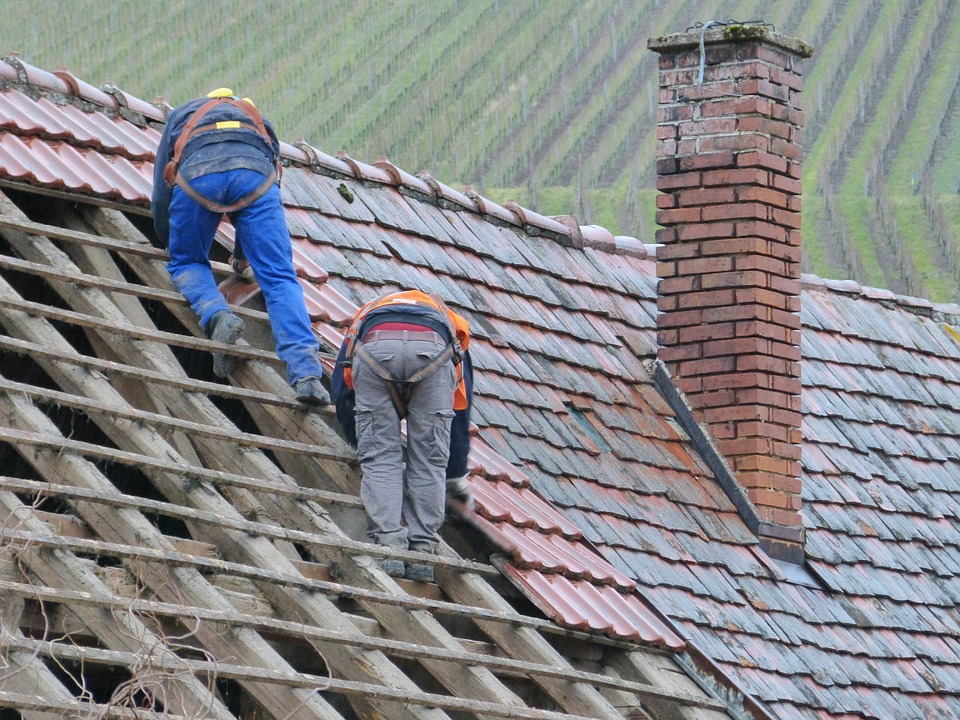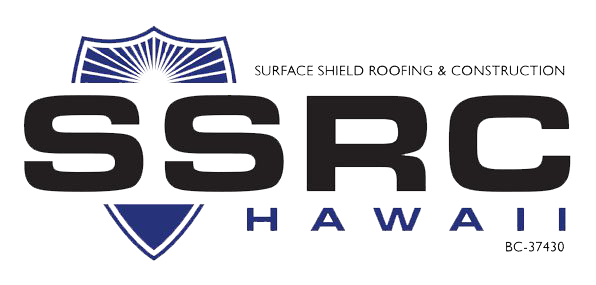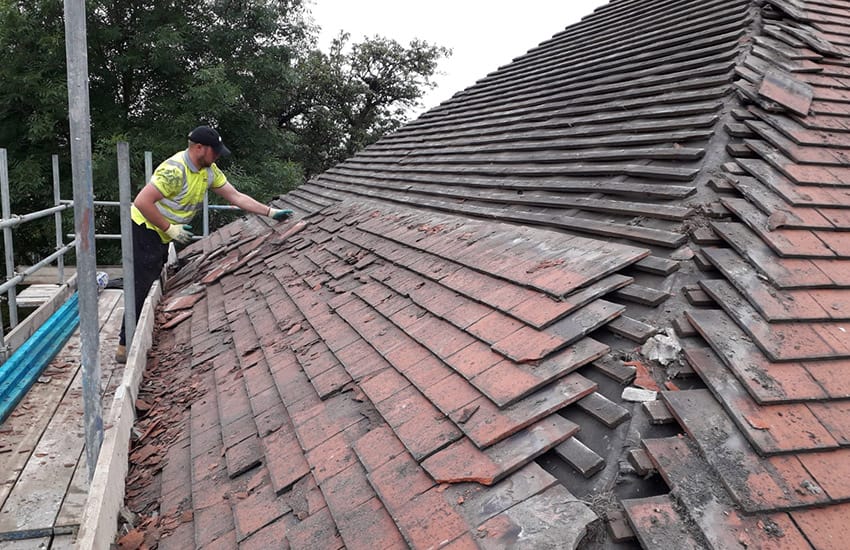Roofing Oahu: Top Quality Solutions for Durable Roofs in Oahu
Wiki Article
Comprehending the Various Kinds of Roofings: A Comprehensive Overview for Homeowners
In the realm of homeownership, selecting the proper roof design is a decision that lugs substantial implications for both capability and visual allure. With an array of options-- varying from the traditional gable to the modern flat-- each type offers distinct advantages and difficulties that must line up with the property owner's specific requirements and environmental considerations. Comprehending these differences not only aids in making an enlightened selection however also affects lasting maintenance and energy efficiency. As we check out the ins and outs of various roof covering kinds, it comes to be obvious that dimension does not fit all; the right option might stun you.Saddleback Roof
Gable roof coverings, defined by their triangular shape, are amongst one of the most popular roof covering styles as a result of their simpleness and performance in dropping water and snow. This style features two sloping sides that satisfy at a ridge, permitting efficient drainage and reducing the danger of water build-up. The high pitch typically related to saddleback roofs improves their capacity to deal with heavy rainfall, making them suitable for various climates.Along with their useful advantages, gable roofings offer aesthetic flexibility. They can be adapted to different building designs, from standard to modern homes. The style can likewise accommodate additional functions such as dormer windows, which boost all-natural light and air flow in the attic area.
In addition, gable roofings offer enough area for insulation, adding to energy performance. Property owners can pick from a variety of roof covering materials, including asphalt tiles, steel, and ceramic tiles, better enhancing personalization choices.
Regardless of their benefits, gable roofings may require added support in locations prone to high winds or heavy snowfall. In general, the gable roof covering stays a favored choice as a result of its mix of performance, longevity, and visual appeal.
Flat Roofs
Flat roofs are frequently acknowledged for their minimalist layout and sensible applications, especially in industrial and industrial setups (oahu roofing). These roofing systems feature a almost horizontal or horizontal surface area, which enables for very easy construction and versatile area utilization. While they might do not have the visual allure of angled roofs, level roof coverings use various advantages, particularly in city atmospheres where taking full advantage of room is criticalAmong the key benefits of flat roof coverings is their availability. Homeowners can utilize the roofing system area for different purposes, such as roof gardens, terraces, or photovoltaic panel installations. In addition, flat roofs are typically a lot more economical to maintain and install contrasted to their sloped counterparts, as they require fewer materials and labor.
Typical materials used for level roof coverings consist of built-up roofing (BUR), modified bitumen, and single-ply membranes, each offering distinct benefits. Overall, level roofing systems offer as a adaptable and useful selection for several homeowners and companies alike.
Hip Roof Coverings
Hip roofings are characterized by their sloped sides that assemble on top, developing a ridge. This style is distinct from saddleback roofs, as all four sides of a hip roofing incline downwards towards the wall surfaces, offering a more steady framework. The angle of the inclines can vary, enabling adaptability in architectural visual appeals and functionality.Among the main benefits of hip roof coverings is their ability to withstand hefty winds and damaging weather. The sloped surface areas enable better water drainage, reducing the danger of leaks and water damage. Additionally, hip roofing systems provide increased attic space, which can be utilized for storage space or perhaps exchanged livable locations.
Nonetheless, creating a hip roofing can be much more pricey and complicated than less complex roof types, such as gable roof coverings. The additional material and labor associated with developing the slopes and making certain correct structural honesty can cause greater costs. Despite these downsides, lots of homeowners prefer hip roof coverings for their durability, aesthetic allure, and capacity for power effectiveness.
Mansard Roof Coverings
Mansard roofings, frequently acknowledged by their special four-sided design, attribute 2 inclines on each side, with the lower slope being steeper than the upper. This architectural design, originating from France in the 17th century, is not just cosmetically enticing yet practical, as it makes best use of the usable room in the upper floorings of a structure. The steep lower slope permits even more clearance, making it an optimal choice for attics or lofts, which can be exchanged living spaces.Mansard roofs are characterized by their flexibility, accommodating various building designs, from conventional to contemporary. They can be created with various materials, including asphalt shingles, slate, or steel, offering home owners with a variety of alternatives to suit their budgets and preferences. Additionally, the layout allows for the assimilation of dormer home windows, boosting all-natural light and ventilation in the upper levels.
Nevertheless, it is necessary to consider the prospective disadvantages. Mansard roofing systems might require even more upkeep as a result of the complexity of their style, and their high inclines can be challenging for snow and rain drainage. In general, mansard roofing systems combine sophistication with functionality, making them a popular option amongst homeowners looking for unique building functions.
Shed Roof Coverings
As property owners significantly look for simpleness and functionality in their architectural styles, shed roofing systems have become a preferred option. Defined by a solitary sloping airplane, a shed roofing presents a minimalist aesthetic that enhances various home designs, from modern to rustic.Among the main advantages of a shed roofing system is its simple building, which typically equates to lower labor and material costs. This style enables reliable water drainage, decreasing the threat of leakages and water damage. In addition, the vertical slope gives ample space for skylights, boosting natural light within the inside.
Shed roofs also offer versatility in terms of use. They can be efficiently integrated into enhancements, garages, or exterior frameworks like sheds and structures. Furthermore, this roofing style can suit different roof materials, consisting of steel, asphalt shingles, and even eco-friendly roofs, lining up with eco-friendly initiatives.
However, it is important to consider local climate problems, as heavy snow lots might necessitate changes to the roof's angle or structure. Overall, dropped roofs provide a sensible and visually pleasing option for house owners seeking to make the most of capability without compromising style.
Final Thought


Gable roofing systems, characterized by their triangular shape, are amongst the most prominent roofing designs due to their simplicity and performance in shedding water and snow. oahu roofing. The high pitch typically connected with gable roofs enhances their capability to manage hefty precipitation, making them suitable for various climates
While they may lack the aesthetic charm of pitched roofing systems, flat roofings provide numerous advantages, particularly in metropolitan settings where optimizing room is critical.

Report this wiki page